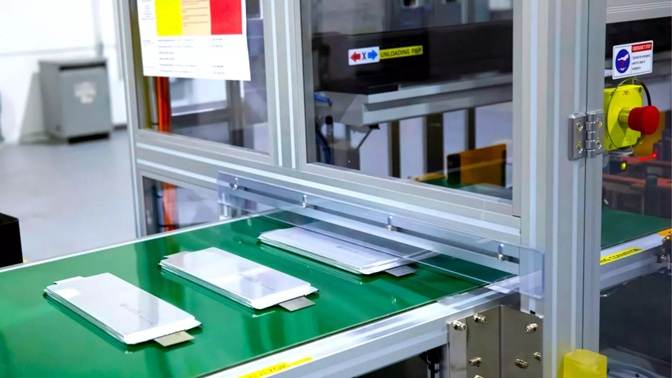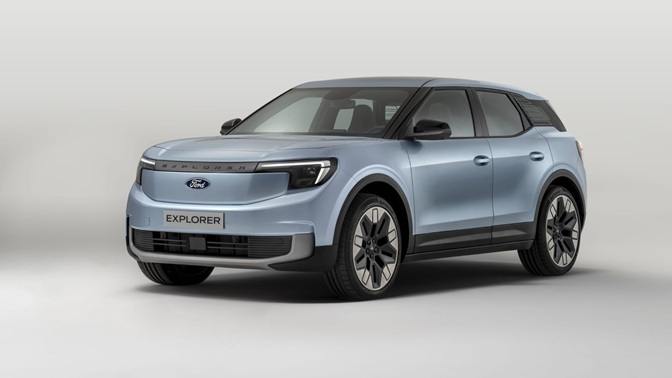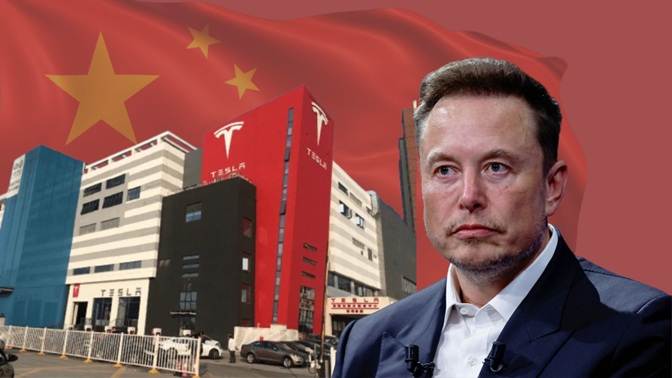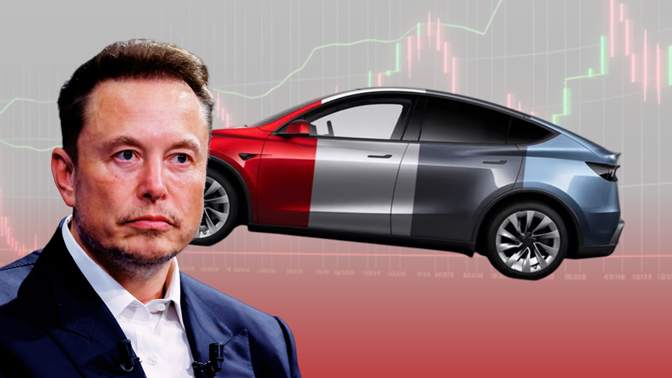Ford’s New Battery Breakthrough Could Change the Future of EVs
The electric vehicle (EV) world is evolving fast, and the real race isn’t just about building stylish cars or expanding charging stations—it’s about better batteries. That’s right: under the hood (or rather, under the floor), the battery chemistry powering your EV is becoming the true battleground for innovation. And now, Ford is throwing down a bold new marker in this race.

Ford has just revealed it’s working on a new battery chemistry called Lithium Manganese Rich (LMR). Developed at the company’s Battery Center of Excellence in Michigan, these new batteries promise to bring higher range, lower costs, and safer operation to Ford’s electric future.
Unlike current EV batteries—mostly based on lithium iron phosphate (LFP) or nickel manganese cobalt (NMC/NCM)—the LMR battery offers a fresh take on energy storage. And according to Ford, it could be a game-changer.
What Makes LMR Batteries Special?
In a recent LinkedIn update, Charles Poon, Ford’s director of electrified propulsion engineering, explained the LMR battery’s key advantages:
- Higher Energy Density: LMR cells can store more energy than today’s high-nickel batteries. That means Ford EVs could drive farther on a single charge, helping solve the dreaded range anxiety problem.
- Lower Cost: Despite the performance boost, LMR batteries are expected to be significantly cheaper than current mid-nickel alternatives. This is great news for buyers hoping for more affordable EV options in the future.
- Enhanced Safety: Ford says the LMR chemistry is designed with a safety profile similar to LFP batteries, which are known for their thermal stability and safety.
Put all this together, and you’ve got a battery that’s powerful, cost-effective, and safe—a winning combo.
This isn’t just a theoretical idea or a whiteboard sketch. Ford has already moved to the next stage with LMR batteries.Poon noted that the company is now building second-generation LMR cells on a pilot production line. That’s a big step forward, showing Ford is serious about bringing this technology to market—not in 20 years, but within this decade.
The battery development is being led by a dedicated team of over 135 top-tier scientists, engineers, and chemists, all working in-house at Ford. Interestingly, Ford hasn’t mentioned any collaboration with its usual battery suppliers like CATL, LG, or SK On, which suggests this is a homegrown innovation.
Ford’s not shy about the big picture here. The company wants to achieve cost parity between electric vehicles and traditional gas-powered ones—and LMR could be the key. Cheaper, longer-lasting batteries mean automakers can lower prices without cutting corners on performance. If Ford succeeds, it could create EVs that are just as affordable and practical as their gasoline counterparts—a major tipping point for mass adoption.
But Isn’t Ford Slowing Down on EVs?
Yes and no. In 2024, Ford hit the brakes on some of its EV plans. For example:
- It scrapped a planned three-row electric SUV
- It delayed the electric F-150 launch
But Ford isn’t abandoning its EV ambitions altogether. In fact, the company is still pushing forward with a new electric midsize pickup, an all-electric van, and other consumer-friendly EVs.
The development of LMR batteries shows that Ford is playing a long game, focusing on the foundational tech that will power its future EV lineup—even if some short-term models get delayed.
Most EV buyers don’t give battery chemistry a second thought—but maybe they should.
Here’s a quick breakdown of today’s most common EV batteries:
- LFP (Lithium Iron Phosphate): Safer and cheaper, but with lower energy density
- NMC/NCM (Nickel Manganese Cobalt): High performance, but more expensive and less safe
- Sodium-Ion: An emerging, lower-cost alternative still in early stages
Now, LMR steps in as a potential sweet spot—offering better range than LFP, greater safety than NMC, and a much lower price than either. If Ford nails this formula, it could reshape what consumers expect from EVs across the board.

Ford’s LMR battery project might sound like a behind-the-scenes science project, but it has major implications:
- Batteries are the future of the EV race—this is where real innovation is happening
- Lower prices mean EVs could soon be affordable for the average buyer
- In-house development gives Ford more control and flexibility
- Longer range helps address one of the biggest concerns keeping people from going electric
With more automakers now investing heavily in new battery technologies, we’re entering a new phase in the EV transition—one that could make electric vehicles better, cheaper, and more appealing than ever before.
Ford’s bold step toward Lithium Manganese Rich batteries is a promising move in a competitive and fast-changing EV landscape. By focusing on energy density, safety, and cost, Ford is positioning itself not just as a car company—but as a battery innovator ready for the future.
As this new chemistry moves from the lab to production lines, the question becomes: Will Ford be the one to crack the EV affordability code? Time will tell—but for now, it looks like Ford is charging full speed ahead.
PEOPLE WHO READ THIS, ALSO READ




